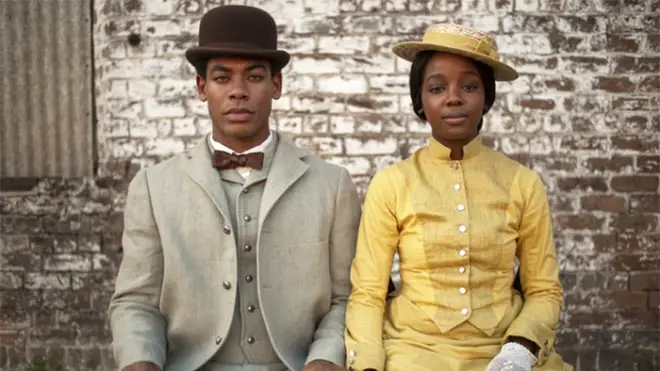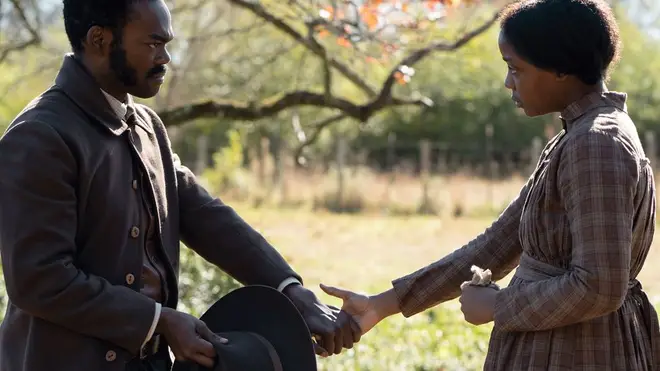On Air Now
The Radio X Indie Night with Rich Wolfenden 7pm - 11pm
24 May 2021, 11:24 | Updated: 24 May 2021, 17:25

Adapted from Colson Whitehead's Pulitzer-award-winning novel, The Underground Railroad is based on harrowing true events.
Directed by Barry Jenkins, the new Amazon Prime series is a loyal adaptation of Colson Whitehead's novel of the same name.
Not only was Colson's novel the 2017 winner of the Pulitzer Prize for Fiction, former US president Barack Obama said it was a "reminder of the ways in which the pain of slavery transmits itself across generations, not just in overt ways, but how it changes minds and hearts."
The ten-parter tells the story of escaped slave, Cora, who grew up on The Randall plantation in Georgia.
Joining forces with another slave named Caesar, the pair come up with a plan to escape their enslavers and the atrocities inflicted by them.
READ MORE: Who plays Cora in The Underground Railroad? Facts about Thuso Mbedu
Whilst the novel and the series isn't entirely based on a true story, the network itself was very much a real thing and helped hundreds of thousands of slaves escape.
Here, we take a look at the true events that inspired the Amazon Prime Video series.

The Underground Railroad - Official Trailer | Prime Video
Despite its name, the Underground Railroad was neither a railway nor underground, but a series of networks and routes used by the enslaved to escape their captors and plantation owners.
Assisted by abolitionist sympathisers, the railroad consisted of secret routes and meeting points, as well as safe houses known as "stations".
The routes were communicated by abolitionist sympathisers and slaves, as there were no printed maps or guides. This could have jeopardised the integrity of the routes and the entire operation.
So-called "conductors" were made up of free-born Black people, those who had previously been enslaved, white sympathisers and Native Americans.
Harriet Tubman was one of the most famous conductors and was a member of the free Black community. After escaping herself, she then took part in dozens of missions to help others to freedom in the North.
Believing slavery went against religious teachings, many of the volunteers were also Quakers, Reformed Presbyterians and Methodists.
The journey was at times perilous. Women and children especially faced difficulties when escaping, as they were rarely allowed to leave the plantation.
The Pearl incident of 1848 has been recorded as the largest escape attempt in US history, with 77 slaves attempting to flee Washington D.C. using a schooner called The Pearl.
Despite their efforts, the boat was seized by a steamboat on the Chesapeake Bay near Maryland, before the slaves were sold to traders and brought to the Deep South.

William Still, a Black abolitionist who was based in Philadelphia, is often referred to as the "father of the Underground Railroad". At its peak, it is estimated that Still helped as many as 60 slaves escape each month, offering his home as a hide out.
Quaker Isaac T Hopper also played a significant part in setting the Railroad up. A Philadelphia-based tailor by trade, Hopper helped create a network of safe houses and informants to figure out the movements and plans of fugitive slave hunters.
Other significant figures in the Underground Railroad include Harriet Tubman (as mentioned above), John Brown, Thomas Garrett, Levi Coffin, Elijah Anderson, and Thaddeus Stevens.
The network extended across 14 Northern states and led to "the promised land", Canada.
It is estimated that around 100,000 slaves used the Underground Railroad to escape their enslavers.
The Underground Railroad is available to stream on Amazon Prime Video now.
READ MORE: The Friends Reunion UK air date: Here's when and where to watch it